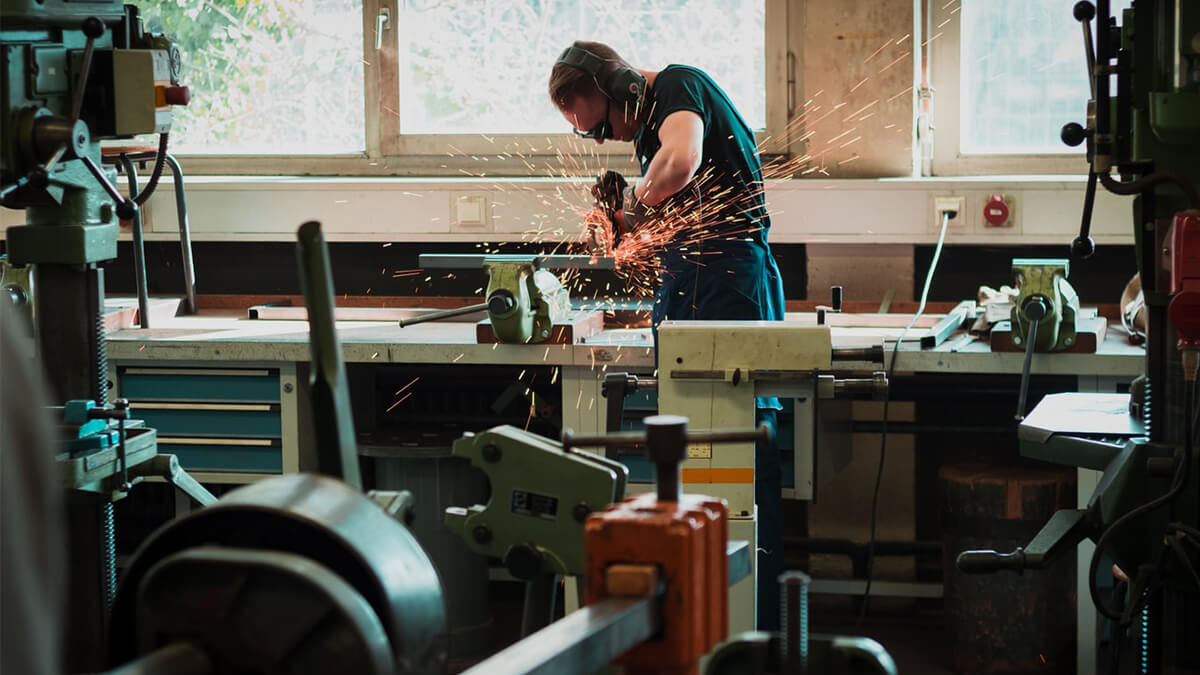Shaper machines are intricate pieces of equipment designed for precision machining. They comprise several essential components, each contributing to the machine's overall functionality and effectiveness. To gain a comprehensive understanding of how a shaper machine operates, it's crucial to examine the role and interplay of these individual parts within the complete system.
Understanding Shaper Machines: Principles and Components
A shaper machine is a type of machine tool that harnesses the relative motion between a workpiece and a cutting tool. It operates through linear motion, resulting in cuts following a linear toolpath, similar to the way a lathe machine operates. However, while a lathe machine produces helical cuts, a shaper machine creates linear cuts.
Working Principle of the Shaper Machine
Before delving into the working principle, it's essential to grasp the role of the cutting tool, responsible for material removal. Shaper machines employ a single-point cutting tool with only one cutting edge, akin to a turning tool. This tool is secured in a holder and mounted on the machine's ram.
The workpiece is clamped directly onto the table, sometimes supported at the opposite end. The ram exhibits reciprocating motion, enabling the cutting tool holder to move back and forth across the workpiece's surface. It's important to note that the cutting occurs during the forward stroke, while the backward stroke is essentially an idle phase.
The cutting tool receives its motion from a quick return mechanism, and the cutting depth is regulated by the tool's movement. Feed motion is governed by a pawl and ratchet mechanism.
Shaper machines are versatile, capable of producing horizontal, vertical, or inclined planes, and newer models can even create contoured surfaces that can be bent or tilted over the material.
Shaper machines operate in a reciprocating fashion. The single-point cutting tool is affixed to the ram, while the workpiece is securely anchored on the work table. The cutting tool travels back and forth across the workpiece, with the return stroke not affecting the material, termed as an idle movement.
Key Components of a Shaper Machine
Base: The base serves as the machine's main body and provides structural support for other components. Made of cast iron, it bears the machine's weight and absorbs vibrations and loads.
Column: This cast-like structure is crafted from iron and affixed to a pedestal. It incorporates precision guide rails to facilitate the ram's reciprocating movement.
Cross-Rail: Mounted on the column, the cross-rail enables lateral movement of the table. It can be adjusted vertically to accommodate varying workpiece sizes.
Workbench Table: The table is secured to the saddle via bolts and can move laterally or vertically along the saddle rail. It can be rotated to various angles to meet specific working requirements and serves to secure the workpiece.
Ram: The ram is responsible for guiding the tool back and forth along the guide rail. It carries the tool head equipped with a single-point cutting tool. During the forward motion, it executes the cutting, while the reverse motion swiftly retracts the tool head, preparing for another cutting pass.
Tool Head: The tool head houses the cutting tool and has a screw handle for controlled downward movement, enabling precise cutting operations.
In summary, the working principle of a shaper machine involves a repetitive reciprocating motion that results in precise material removal, making it a valuable tool in machining operations.














